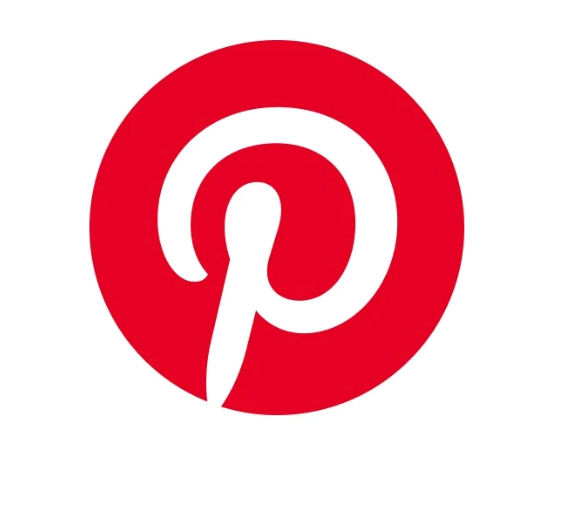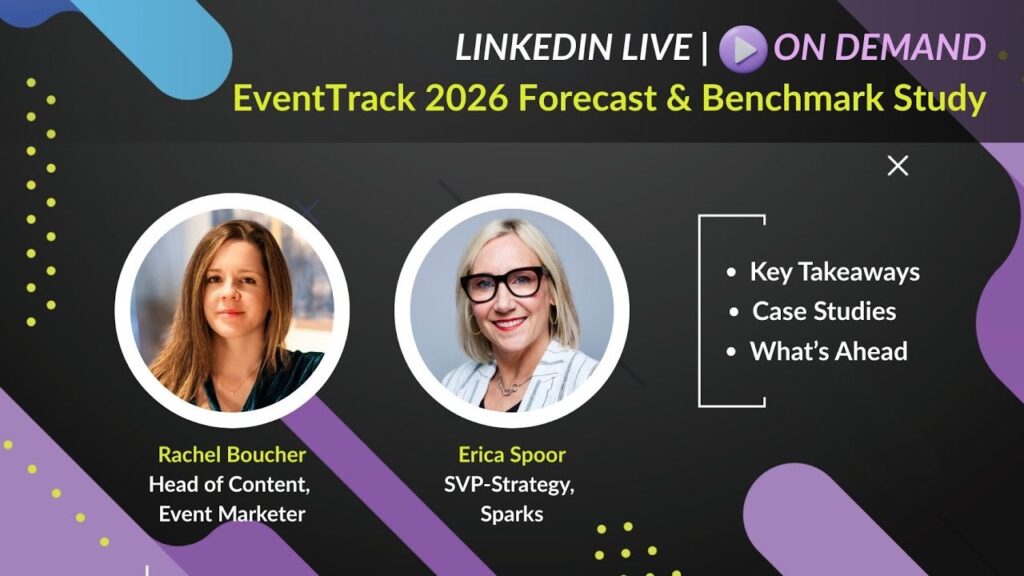Do your words really capture prospects’ attention? At B2B Connect to Convert this week, HBT Marketing’s Chief Creative Officer Nancy Harhut shared key ideas for better B2B copy writing in a content master class. Here’s 10 of her top tips.
1. The Authority Principle: Position your brand as one whose words should be taken seriously. If someone is an authority figure, we tend to believe what they say. As an example, Harhut cited the time criminals reportedly dressed as Wells Fargo security guards and had their ill-gotten gains literally just handed to them because they looked the part.
2. Compliance Triggers: The word “because” is extremely powerful, said Harhut. “People are more likely to do what we ask them to if we give them a reason why. The word ‘because’ is a compliance trigger—when we hear it, we start to act like little bobble heads and just nod in agreement, even before we hear the actual reason.”
3. Be Consistent: People like consistency–if you can get them to say “yes” once, they’re more likely to do so again. “Remind people if they’ve said yes before, and make it easier for them to do so again,” she said.
4. Get People to Commit: Once something is in writing, it seems more concrete and more real. Sony once ran a contest asking users to rate their business software in exchange for a chance to win a suite of programs. The resulting reviews were useful in several ways to cross- and up-sell, noted Harhut. “Something interesting happens when you write something down. You feel like you need to live up to those words.” This is the idea of cognitive dissonance, she said. “If we’ve gone on record saying something, we will change our behavior to sync up to that.”
5. Consider the Size and Placement of Copy: Contrary to what one might think, some studies have shown that when a sale price is printed in a smaller font, people think it is a better deal. Anchor your sale price by putting it to the right of the original price. Also, she said, printing the original and sale price further apart makes them feel like they are further apart not only physically but in amount as well.
6. Eye Magnets: When people read, they tend to skim and scan. Certain words act as eye magnets, drawing readers to where you want the most attention. “Free” works well, and buyers will often spend more to get a free gift or free shipping. “Secret” is also a strong word, as it helps persuade people they are getting special access to something not readily available. “Alert” gets attention because people are constantly on the lookout for possible danger, while “minutes” as in “This will only take five minutes of your time” can imply that something is easy to accomplish.
7. Framing: The words you use to surround a product or offer can make a huge difference and put them in context, said Harhut. For example, say you have “Yes” or “No” buttons near an offer. Frame those buttons as “Yes, get the free case study now” and “No, I’d rather not know how my marketing is performing.”
8. Herd Mentality: Your customer may be starting from a point of skepticism. Showing them that others have already taken action can help move along their consideration process, she noted. “Almost sold out” lets people know they need to act fast, while a long list of customers, donors or attendees gives them confidence that others have already taken the leap.
9. Jargon: Generally speaking, you want to avoid jargon. “You think it will make you sound more impressive, but typically it backfires,” said Harhut. “People don’t want to work too hard—write in easily accessible terms. Don’t use a 75 cent word when a 25 cent word will do.” Are there exceptions to this rule? Sure. If you’re trying to convey insider status or suggest more value, this is where to spend those pricier words.
10. Call to Action: Don’t confuse people. Have one clear call to action in your copy. If you must have two, make the most important ask the most prominent one. Keep your CTA simple, and remove extraneous language.
Related Articles:
The Listening Game for Content in B2B Marketing
What Are the Biggest B2B Pain Points?




